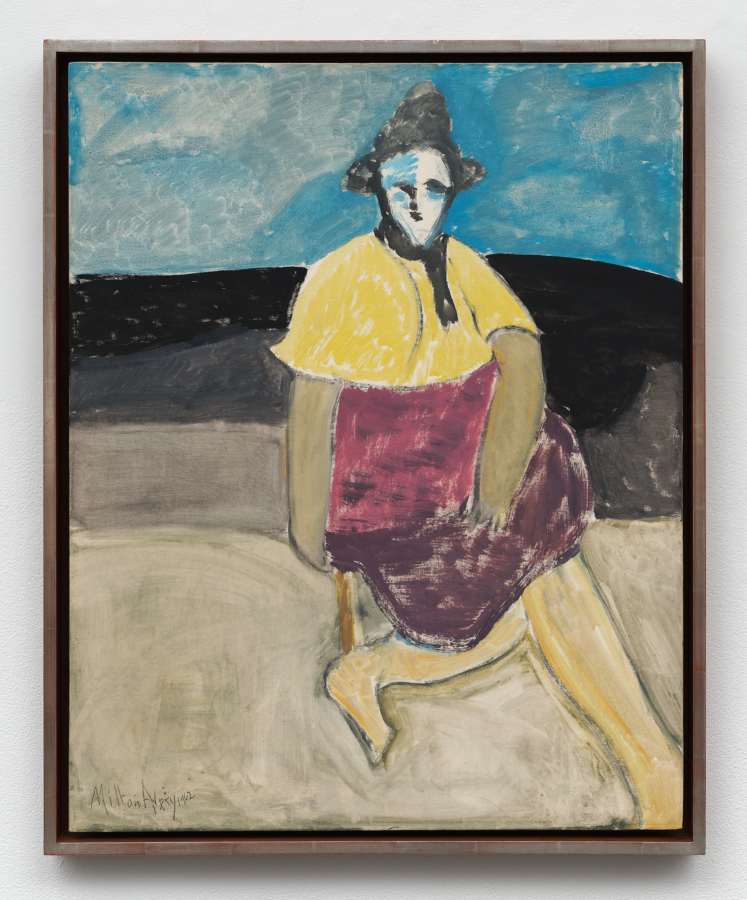Slow Graffiti
July 6–September 3, 2017
Secession
Friedrichstraße 12
1010 Wien, Austria
www.secession.at
Slow Graffiti
July 6–September 3, 2017
Secession
Friedrichstraße 12
1010 Wien, Austria
www.secession.at
So how about it?
Show me please how I will look in twenty years
And let me please
Interpret history in every line and scar that’s painted
There in front of me
Belle and Sebastian, Slow Graffiti (1998)
The monster turned out to be the best friend I ever had. He changed the whole course of my life.
Boris Karloff on Frankenstein in 1963
US-American artist Alex Da Corte creates videos, sculptures, paintings, and immersive installations with a striking cinematic quality. The engagement with the complexity of human experience is central to his work, for instance when he explores and exposes questions of desire, sensuality, and alienation. The artist is interested in both the cultural and psychological qualities that the everyday objects he manipulates and repurposes possess, as well as in the suspense they radiate making space for a state of deception and illusion. Exploring the formal potential of artefacts of consumer culture, Da Corte twists their immediate affordance so they can unfold new symbolic power—now as sculptural objects in his videos and installations, for example. Evidently, colour and textures are used with great skill to affect viewers and the mood in which they experience the artist’s environments once they set foot in them.
For his first major solo exhibition in Europe, Alex Da Corte has created a new work for the Vienna Secession. With his immersive installation, Slow Graffiti, the artist turns the 6,500 square feet iconic gallery space into a kind of fractured cityscape full of dysfunctional objects. His skeleton of a neon city shifts the White cube of the Secession into a hazy twilight. It carries the wrinkles of a life lived, the ghosts of human presence. To quote Oscar Wilde in The Picture of Dorian Gray, “Sin is a thing that writes itself across a man’s face. It cannot be concealed.” Velvet-clad walls and a patchwork carpet that covers the floor with its template pattern give the setting a soft touch. Various objects and sculptures assembled in Doctor Frankenstein’s spirit are scattered on the floor. Set in a quiet sitting area, a video is screened every 20 minutes: a shot-for-shot remake of Jørgen Leth’s The Perfect Human (DK, 1967). Slow Graffiti, Da Corte’s interpretation of this film features the artist masked as Boris Karloff and Frankenstein’s monster to a score by Devonté Hynes.
Slow Graffiti radiates softness, vulnerability, mutability, and transience—like the verve of an invisible city, one that exists only in someone’s imagination but that takes shape here. Against the backdrop of today’s accelerated digital world, the exercised care and communal spirit of making can be considered a radical act of transgression.



